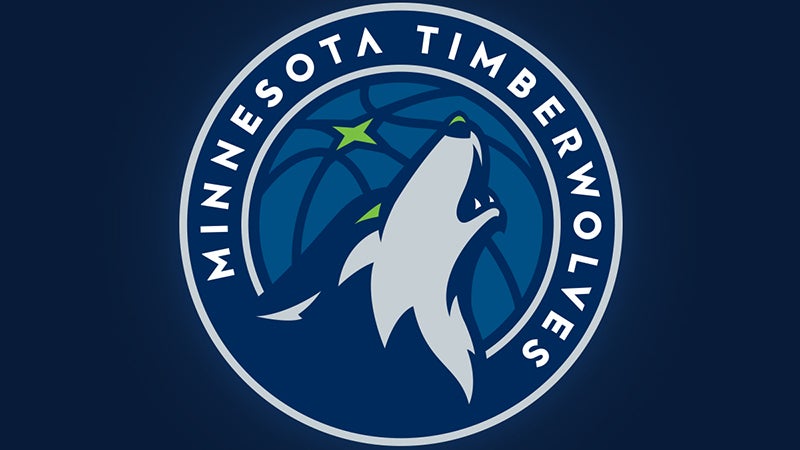Minn. pheasant roadside count is up 29 percent
Published 9:00 am Sunday, September 11, 2016
Minnesota’s 2016 pheasant season begins Oct. 15, and ends Jan. 1. Pheasant hunting in Minnesota has taken a real hit over the past few years, but the overall prognosis for the upcoming season looks more promising than it has for some time.
Another mild winter, good nesting season conditions and a slight increase in grassland habitat in the pheasant range all combined to increase Minnesota’s roadside pheasant index by 29 percent compared to last year, according to the Department of Natural Resources.
“Grassland habitat is critically important to pheasant populations,” said Nicole Davros, a DNR research scientist who oversees the August roadside survey. “Over the past two years, we have had weather that benefited pheasant numbers, but in the long term we’re still looking at a downward trend in habitat and that drives the population trends.”
The 2016 pheasant index is still 14 percent below the 10-year average and 48 percent below the long-term average. Loss of Conservation Reserve Program acres statewide remains a concern, as Minnesota may lose about 393,000 acres of CRP land by 2018 because of reduced spending on the program at the national level.
Through the federally administered CRP, farmers are paid to remove environmentally sensitive land from agricultural production and plant species that will improve environmental health and quality.
Although CRP acreage continues to shrink in the long term, these losses have been partially offset by acquisitions of land for wildlife management areas and waterfowl production areas, and through more land being put into easement by landowners. Many of these acres were permanently protected through funds provided by the Lessard-Sams Outdoor Heritage Council. The acres show the importance of the public investment in permanent conservation compared to temporary programs. However, grasslands are still in short supply overall in the pheasant range.
Roadside survey data
The DNR’s August roadside survey for pheasants showed a 29 percent increase in the overall pheasant index from 2015. This year’s statewide pheasant index was 52.1 birds per 100 miles of roadside driven.
All regions had increases in the pheasant index compared to last year except the southeast region which declined 31 percent. The highest pheasant counts were in the southwest, east-central and south central regions, where observers reported 53 to 96 birds per 100 miles driven.
Weather and habitat are the two main factors that drive Minnesota’s pheasant population trends. “CRP is by far our most important private lands conservation program in terms of number of acres of habitat on the ground, and it is vitally important to helping make conservation happen in an important agricultural state like Minnesota,” Davros said.
The federal Farm Bill, which includes CRP, is up for renewal in 2018, and federal funding levels for the program are a critical factor in levels of re-enrollment.
The 2016 August roadside survey report and a map of pheasant hunting prospects can be viewed and downloaded from www.mndnr.gov/hunting/pheasant. Also recorded in this year’s survey:
The mourning dove index decreased 22 percent from 2015 and remained below the 10-year average and long-term averages.
The gray partridge index increased 62 percent from 2015 and was similar to the 10-year average but remained 72 percent below the long-term average.
The cottontail rabbit index was similar to 2015 and was 34 percent above the 10-year average and 18 percent above the long-term average.
The white-tailed jackrabbit index was similar to last year and remains historically low.
The white-tailed deer index increased 30 percent from 2015 and was 67 percent above the 10-year average and 149 percent above the long-term average.
Until next time: Don’t put the fishing poles away just yet because there is plenty of open water fishing weather ahead. Keep in mind that you will always be rewarded when you take the time to introduce a youth to hunting or fishing. Both hunting and fishing are an intricate part of our heritage and helping our youth carry on these traditions is very important in preserving the future of both sports.
Please take some time to honor those who have sacrificed so much for the freedoms we enjoy today. Take a little time to remember those who made the ultimate sacrifice, those who served and those troops who are serving today.




